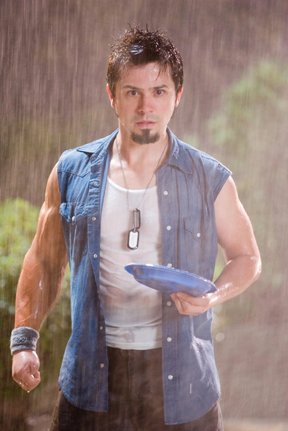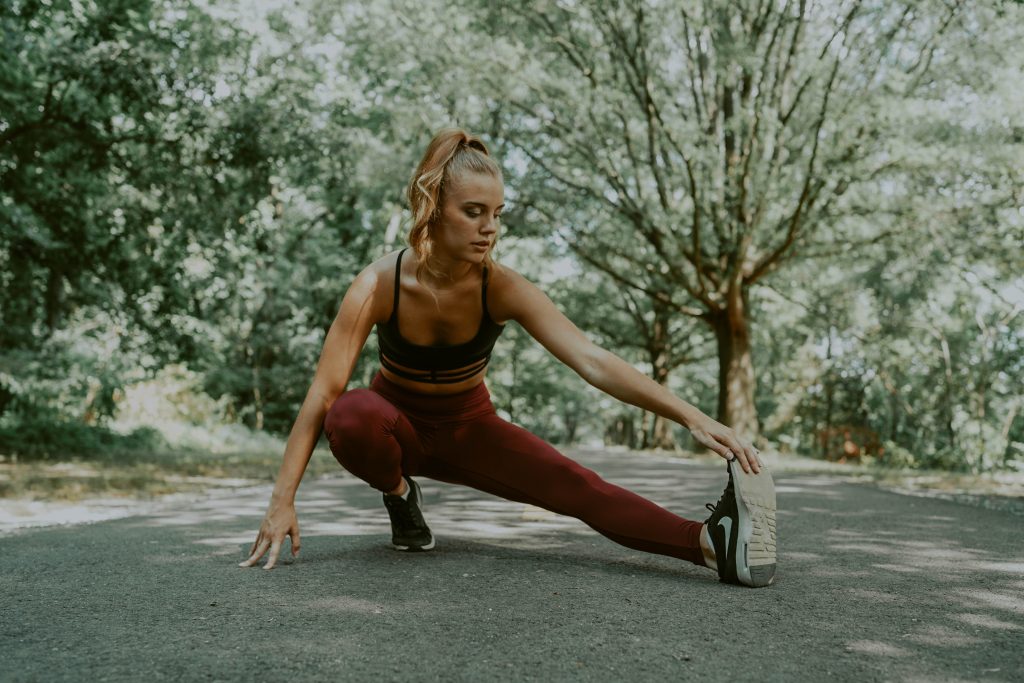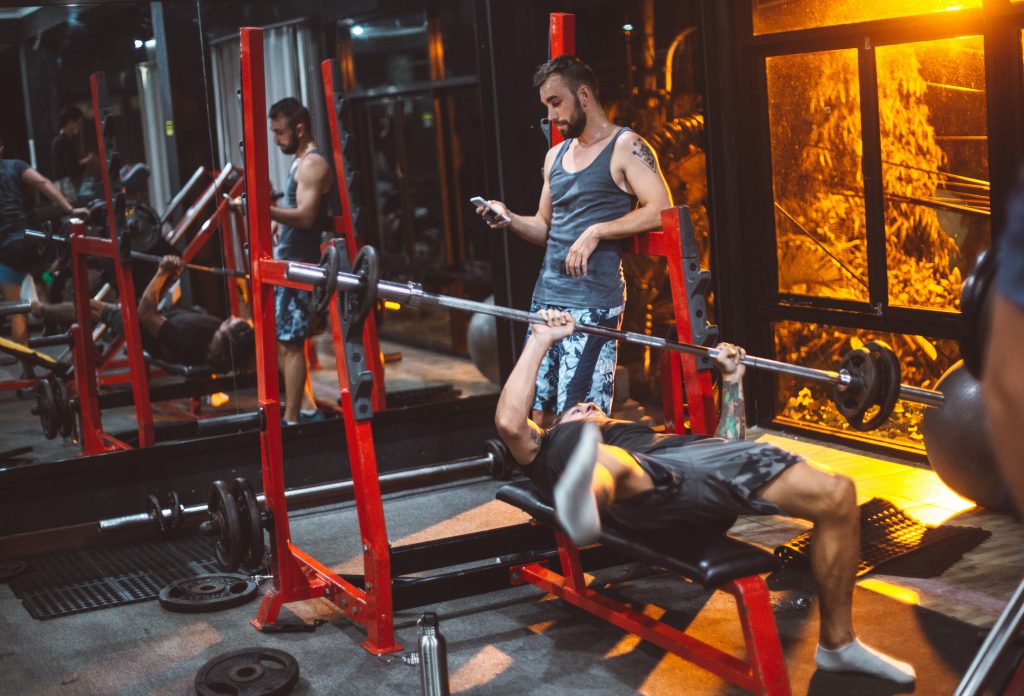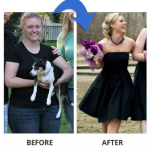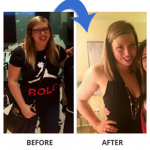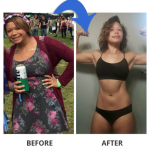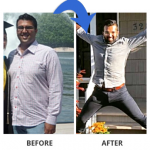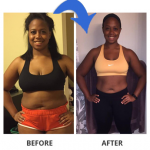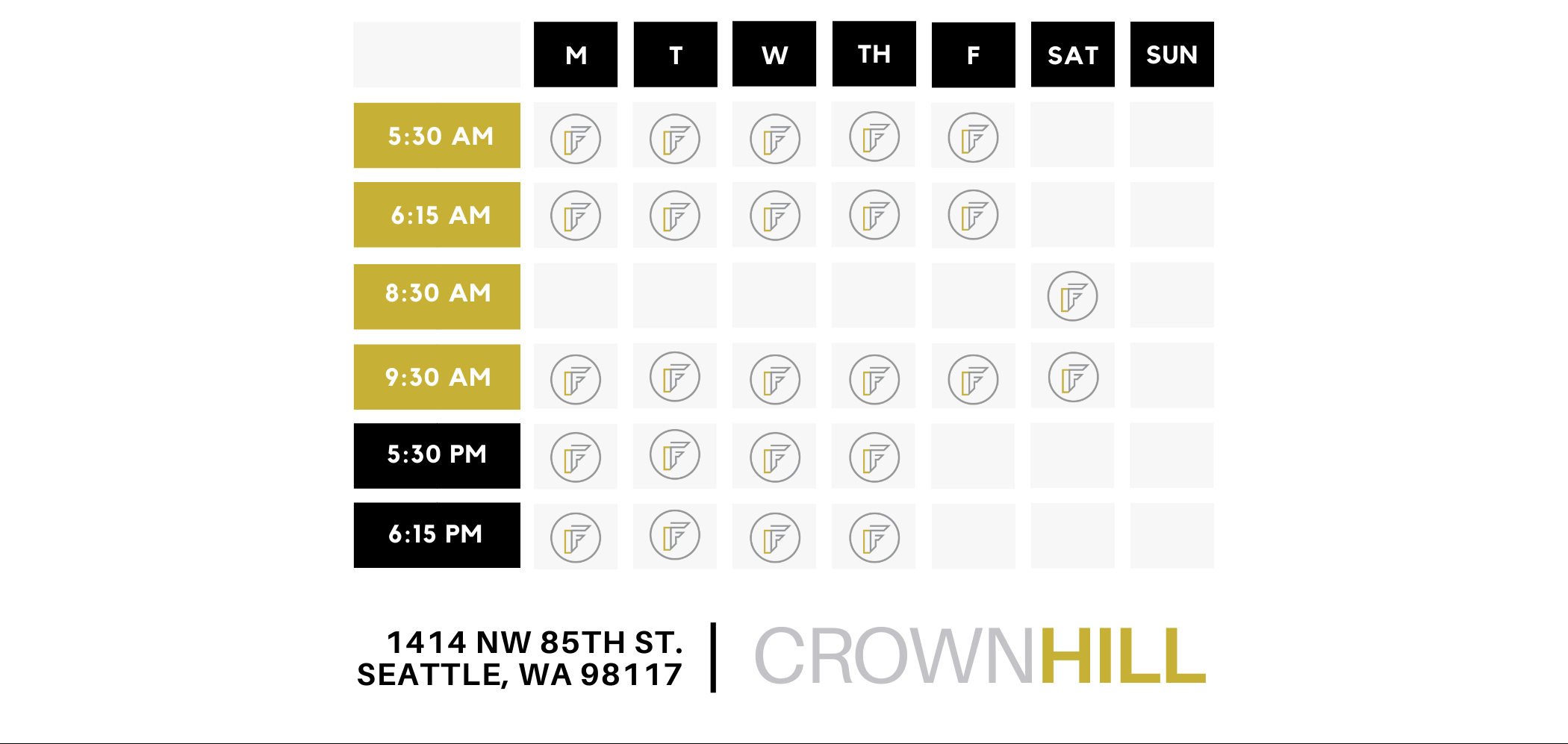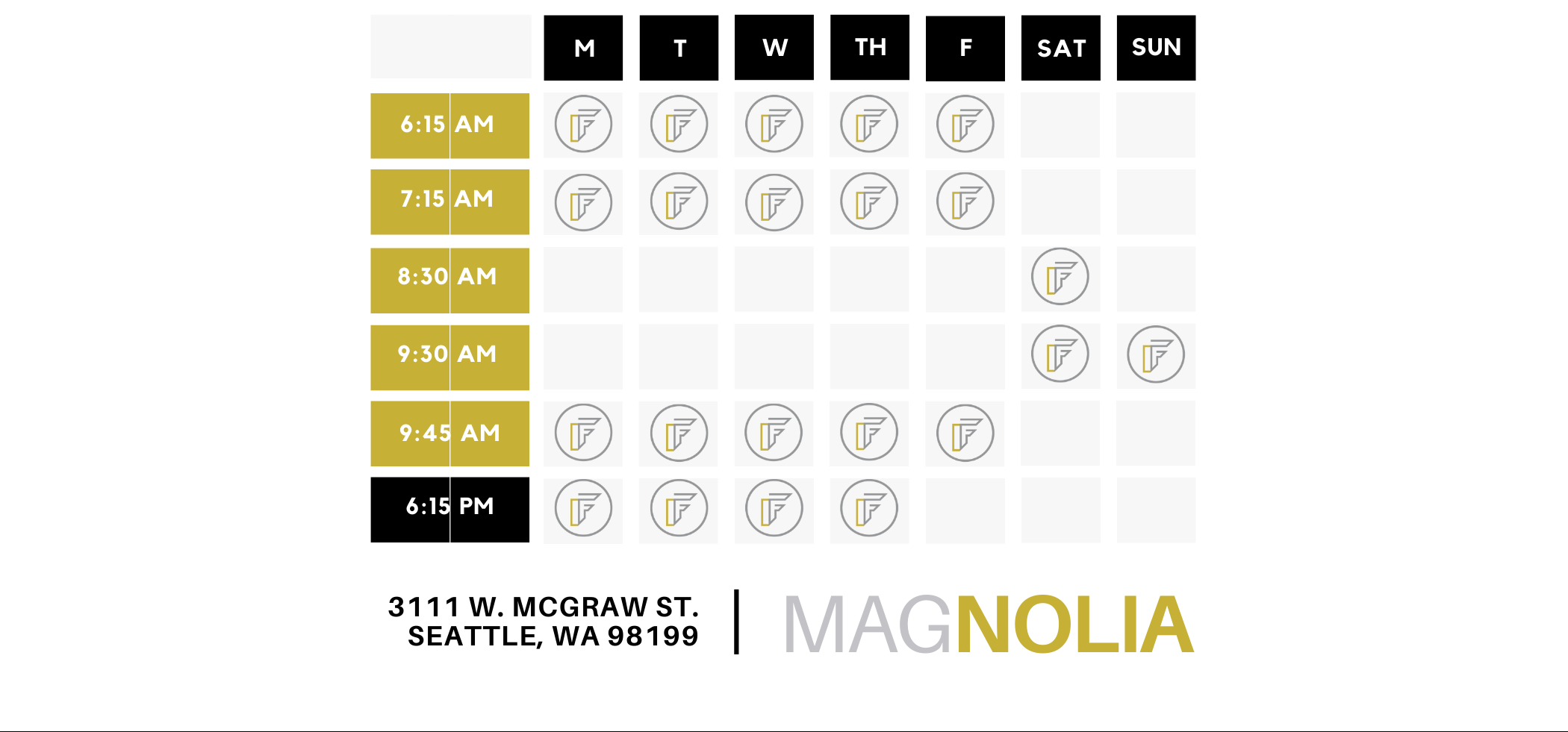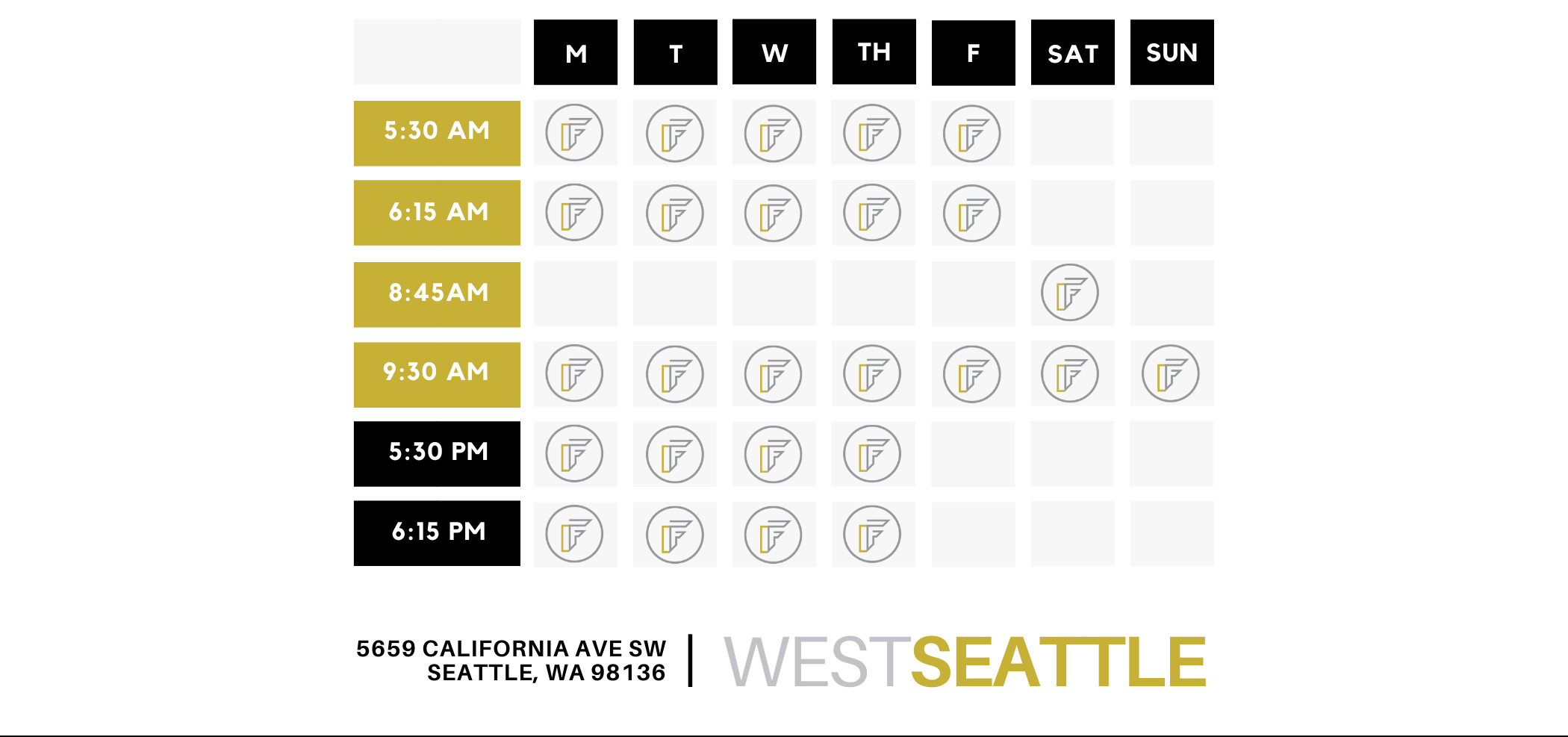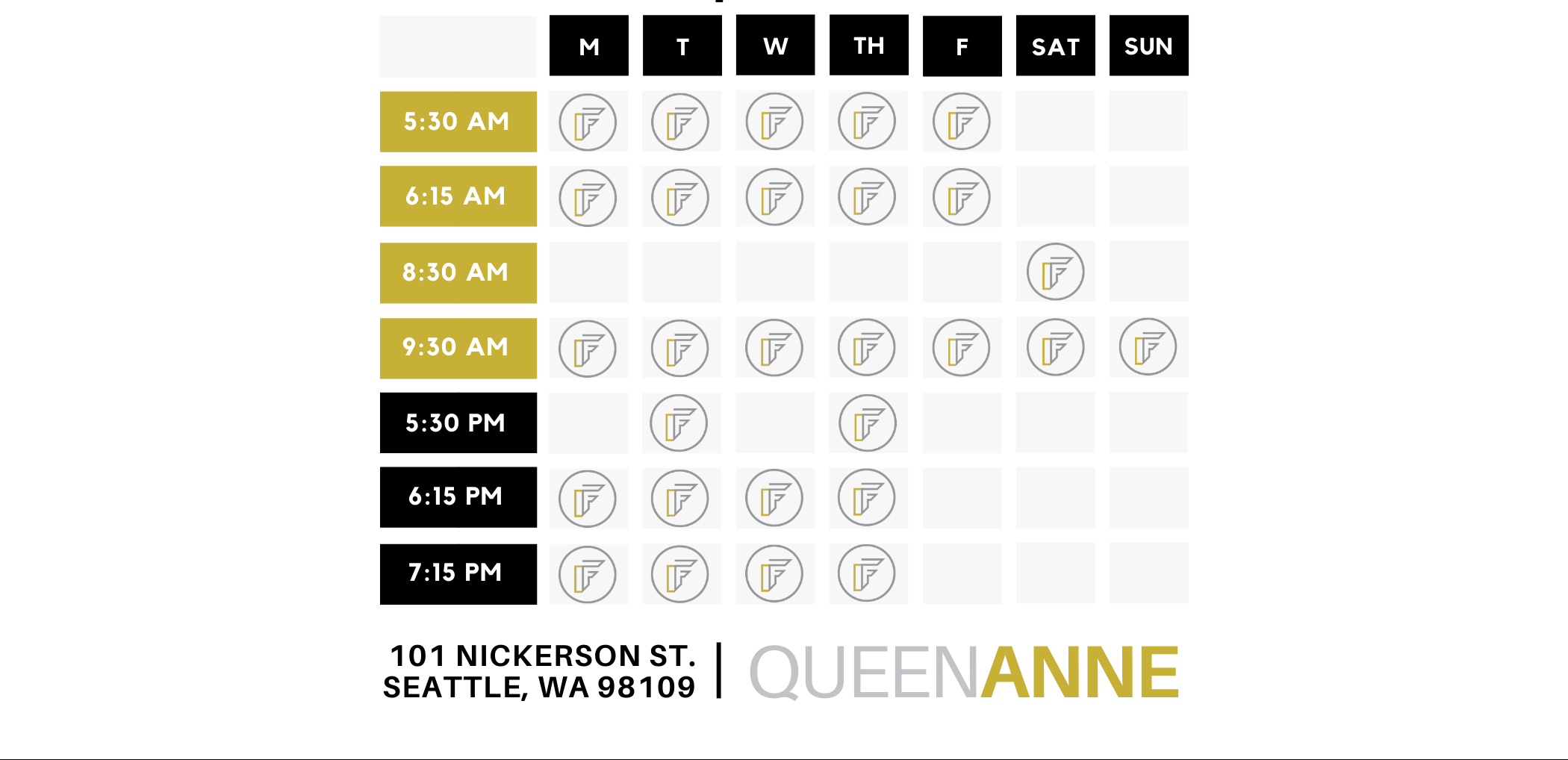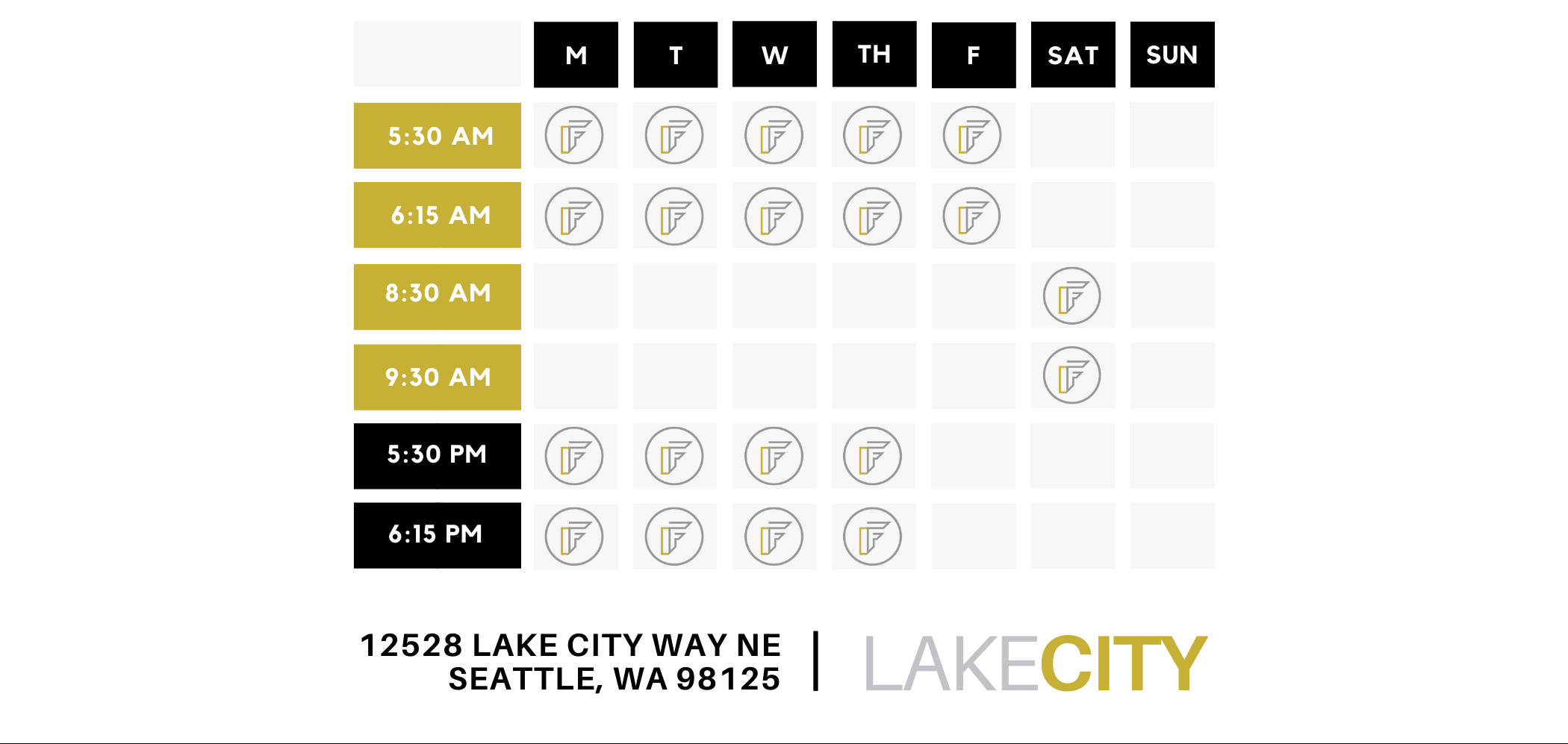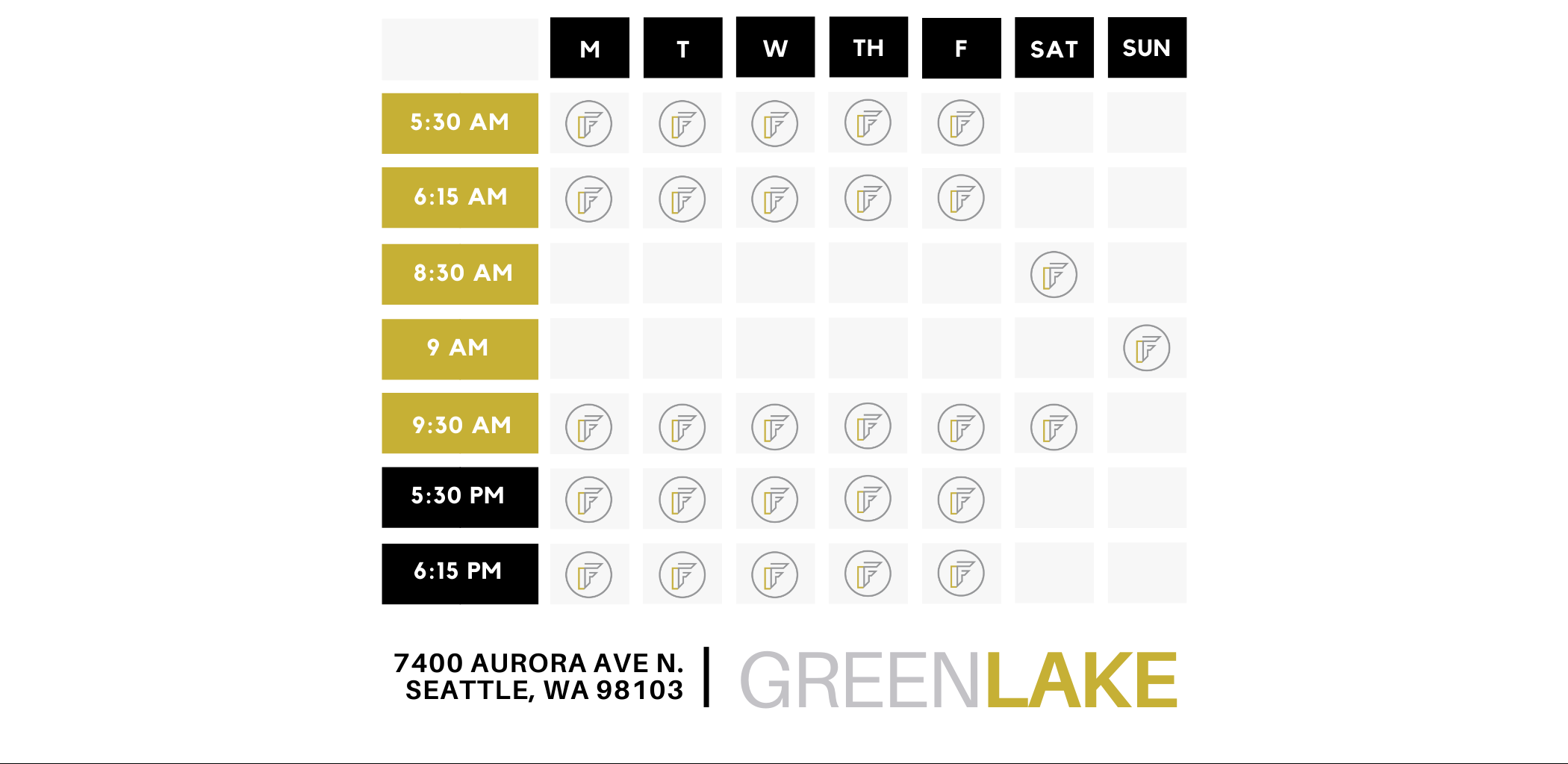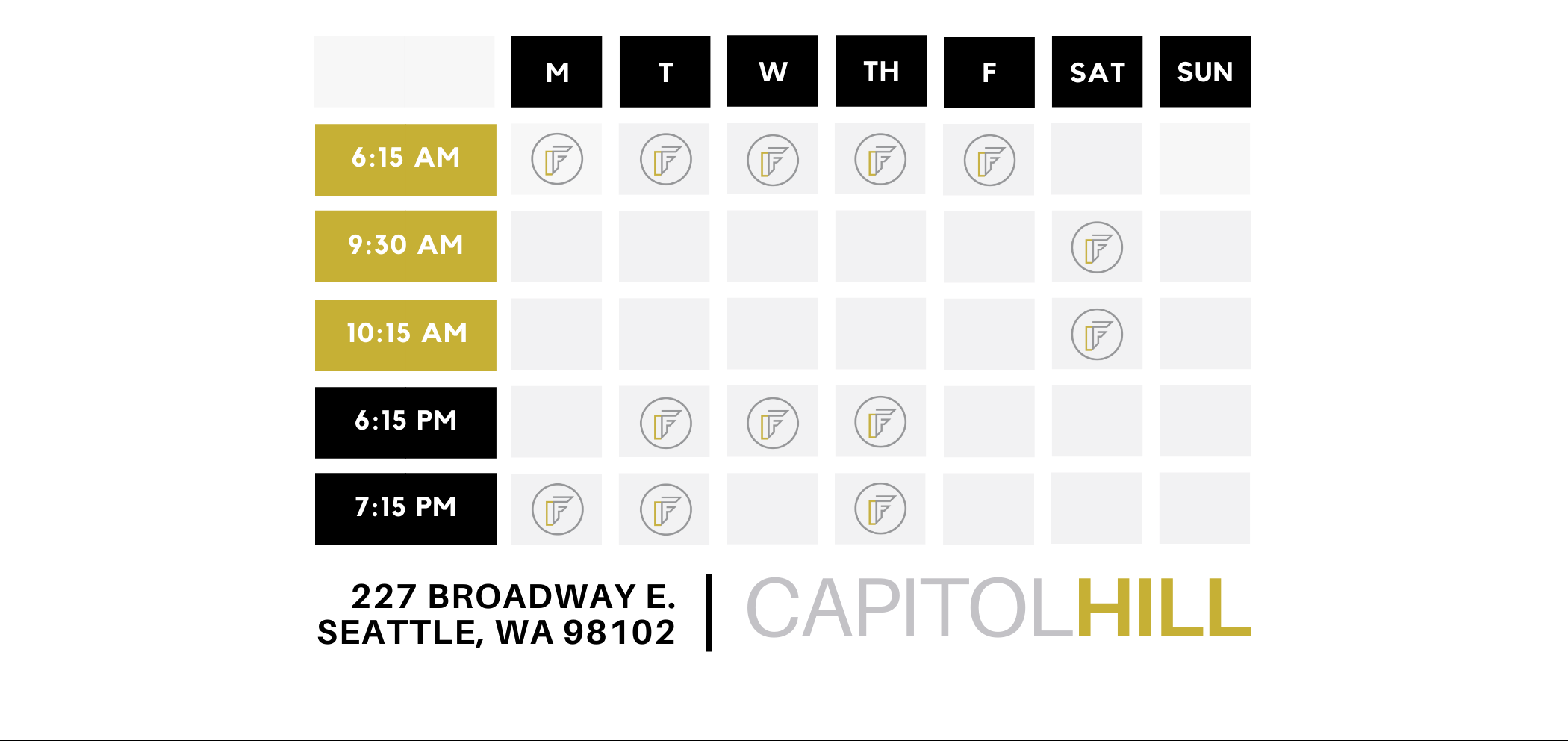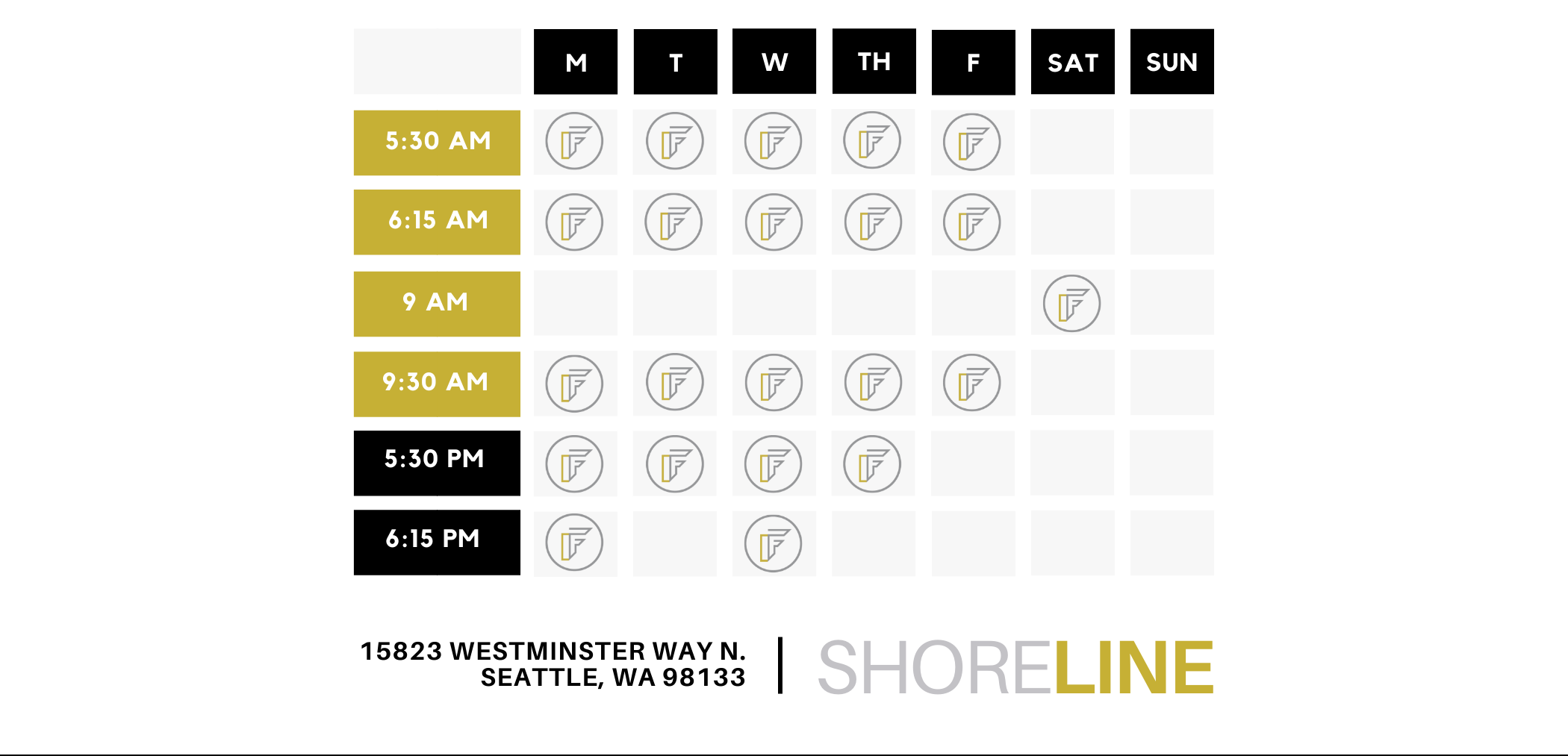Muscle asymmetry ouccurs because people always tend to use one side of their body more. How to fix it? Keep reading!
In the context of beauty, aesthetics and performance, symmetry is one of the most important considerations in your goal to optimal fitness.
However muscle asymmetry occurs often in people who workout daily.
There are ways around it, so in this article we’ve decided to give you insight on how to fix any asymmetry in your body.
What Is Muscle Asymmetry?
By broad definition, muscle asymmetry is the imbalance between two sides of the body.
When it comes to measurements, symmetry is directly tied to beauty in anthropometry (the science that deals with the measures and proportions of the body).
This is due to the fact that there are ratios and measurements that can be used to describe an aesthetically pleasing body figure.
Nevertheless, asymmetry is NOT just about looks, as muscular asymmetry can be further classified into two subcategories:
- Visual asymmetry
- Functional asymmetry
The first one, visual asymmetry, is basically the imbalance in the sizes of the two sides of the body (i.e one of your arms is bigger/more defined).
On the other hand, functional asymmetry is the imbalance in the physical properties of both sides (i.e one of your arms is stronger)
Oftentimes, one leads to the other but that is not valid a hundred percent of the time, as in some cases, the smaller arm can be the stronger side.
Placing The Goals
In the context of developing an aesthetically pleasing physique that performs well and isn’t at a risk of injury, there are a couple of goals to set down:
- Achieving functional symmetry
Functional symmetry is when both sides of the body are working in synergy and have the same strength output, strength endurance, mobility and flexibility
- Achieving visual symmetry
Visual symmetry is when the ratios and measurements of the lengths and shapes of the muscles, are identical
The Approach to Fix Muscle Asymmetry
If your asymmetry wasn’t a product of a harsh injury, such as a torn muscle, there are things you can do to even out the size and strength of both sides.
Here are our best tips to help you bring up your weaker sides!
- Exercise form
On many exercises, we tend to use the stronger side of the body more. This results in a crooked range of motion and uneven tension.
When doing any exercise, try and make sure that both sides are on the same plane. Do not use any inertial movements (cheating).
Try and apply constant tension on the muscles that are working, through a moderately paced range of motion.
- Prioritize!
Whether you are trying to bring up asymmetrical sides of your body, or just bring up generally lacking muscle groups, prioritizing those parts of your body is one of your best bets.
To prioritize a muscle group, increase the total training volume (number of sets and reps). Also increase the weight and time under tension, as well as the frequency of training.
An important note here is that you should be doing this for the asymmetrical muscle group. Do this on both sides. Don’t just increase the output on one side!
- Exclude certain exercises
In many cases, individuals have overdeveloped muscle groups that prevent them from properly targeting certain lacking muscle groups.
Overdeveloped triceps will absorb most of the tension during pushing exercises, robbing you of solid chest and shoulder work.
In that case, bringing tricep work down to a minimum would be a good idea, along with including isolated exercises for the lacking muscle group.
Balance Is The Goal
Whether you are a professional athlete or a regular gym trainee, optimal symmetry should be one of your first checkpoints on your way to good fitness.
This is especially valid for competitive athletes, as achieving such balance would allow you to focus on what the specific sport requires, rather than focusing on bringing up weaknesses.
Conclusion
The human body is NOT perfectly symmetrical. If you take a picture of half of your body/face and flip it horizontally to make it into a full body picture, it wouldn’t look natural!
You shouldn’t really aim to achieve perfection, rather a decent visual and functional balance.
Use the right exercise technique and constant tension, while building your routine around your weaker body parts, to prioritize them.
